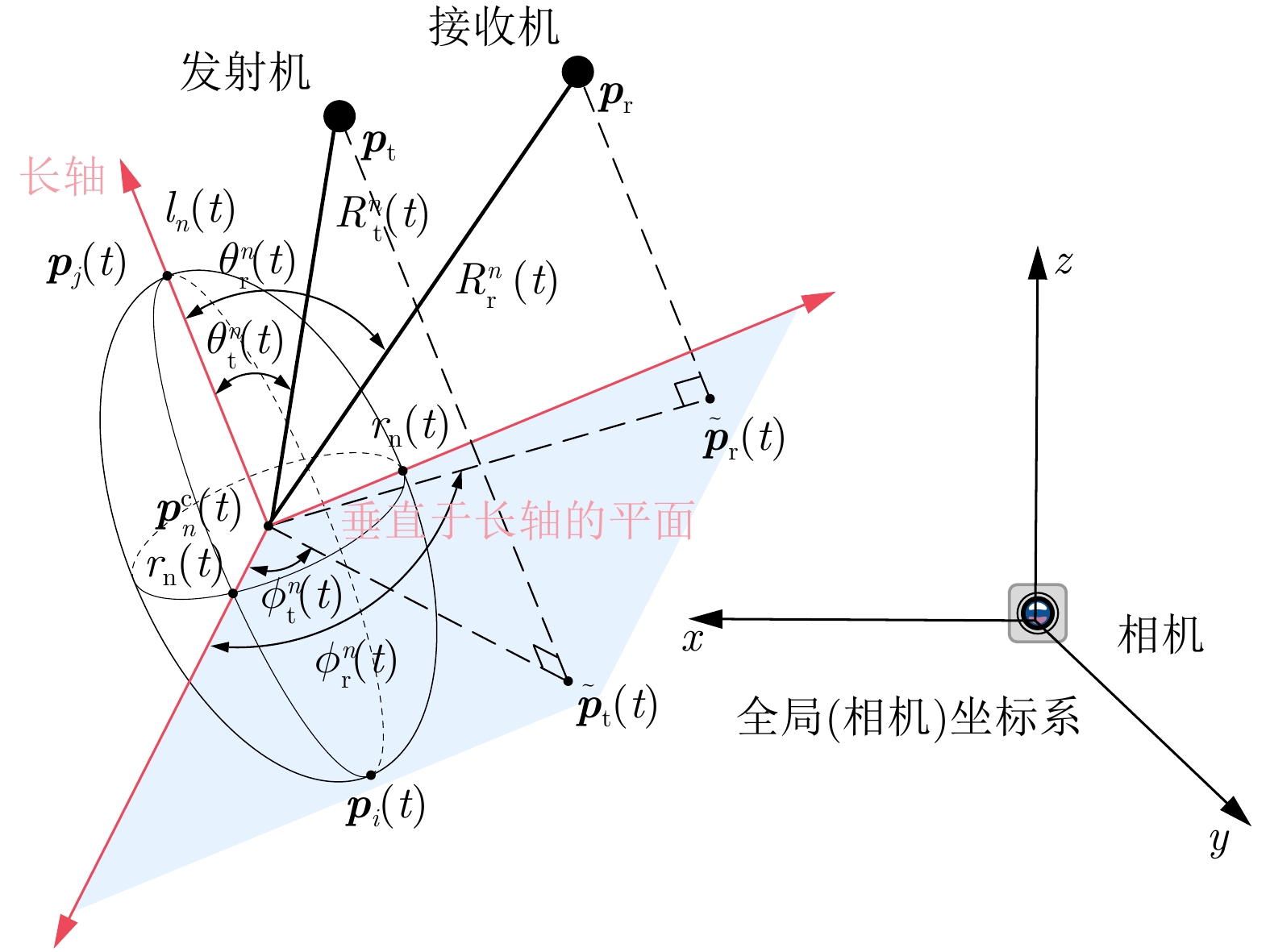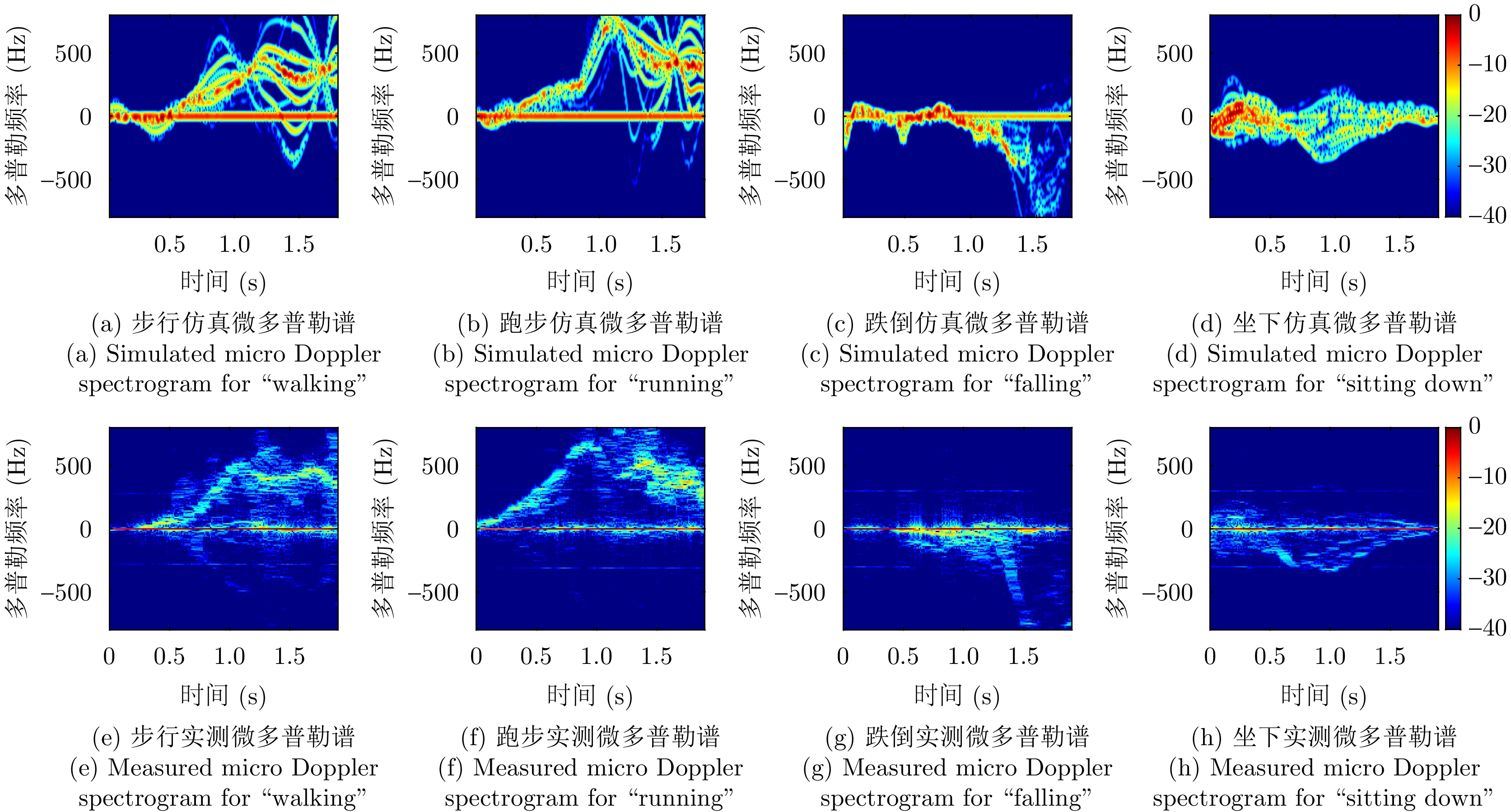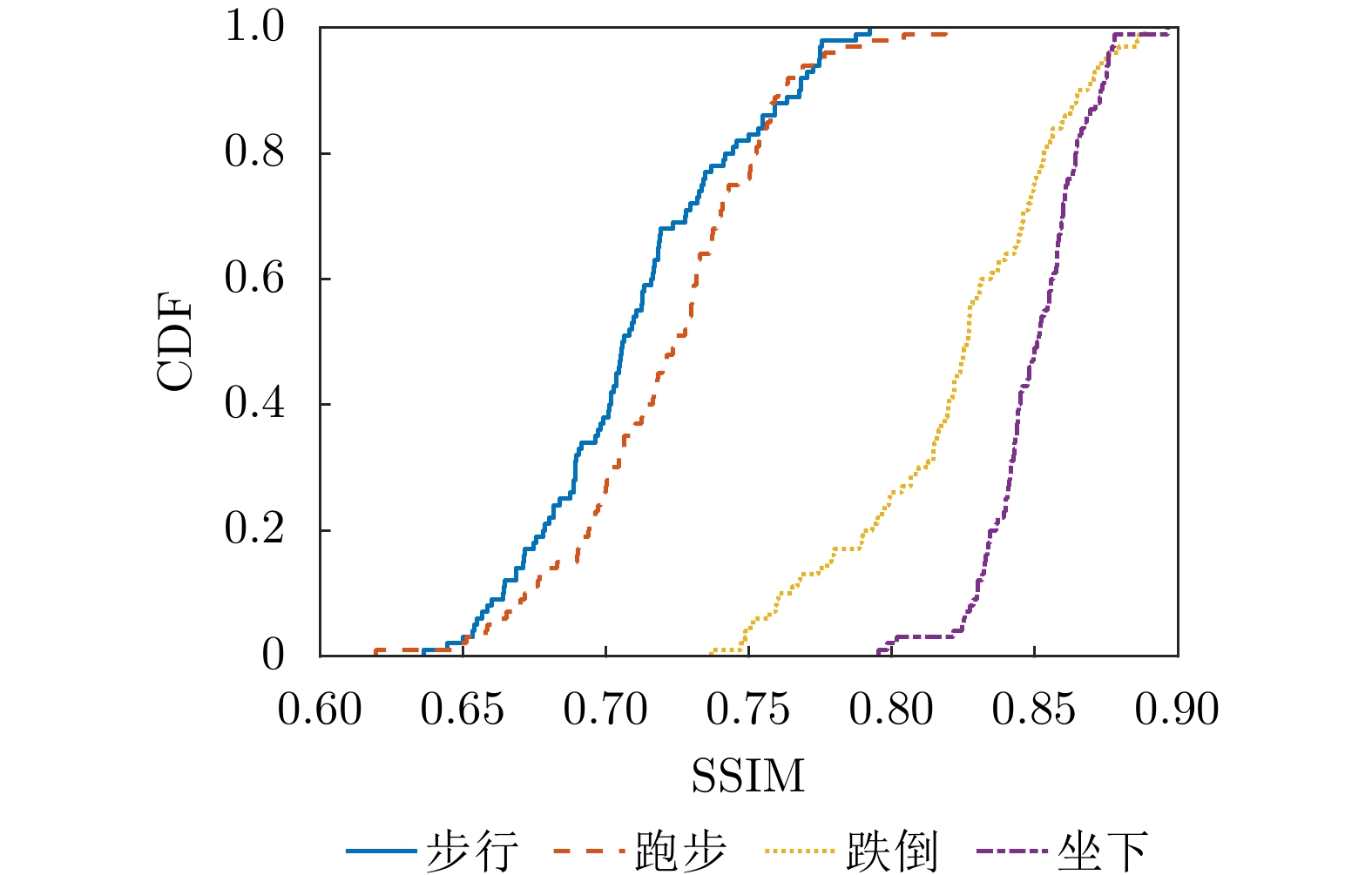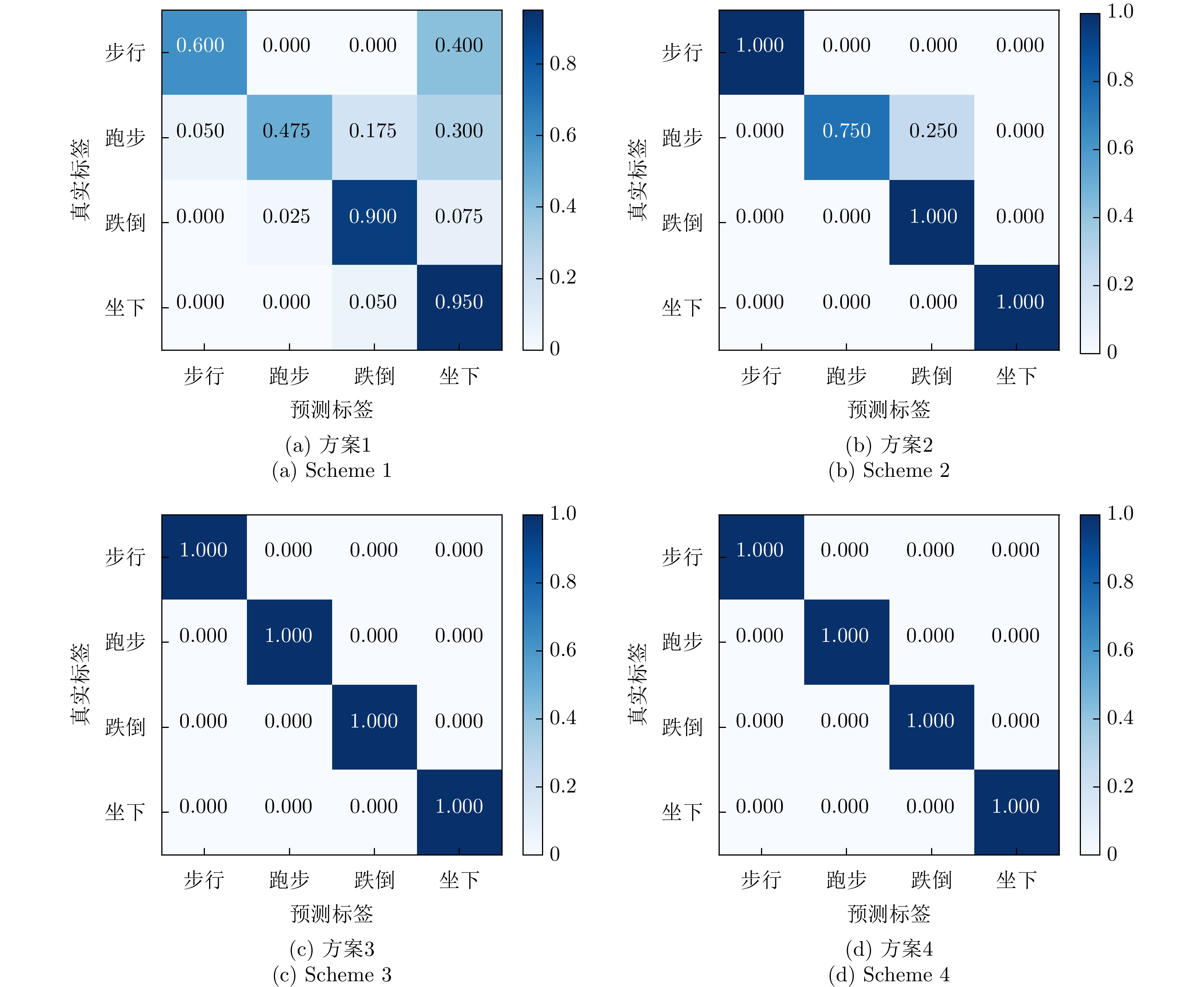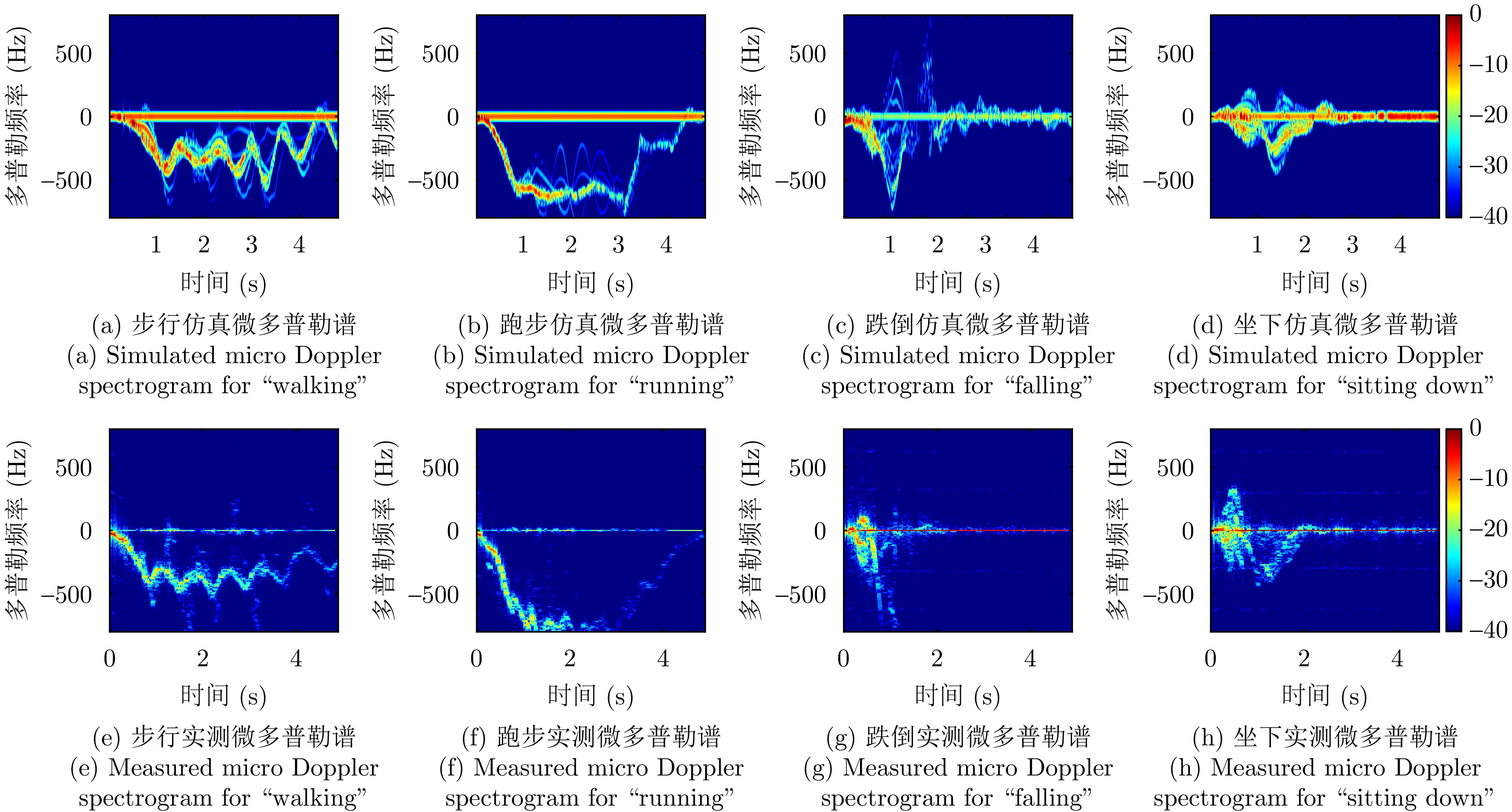| [1] |
LI Chenning, CAO Zhichao, and LIU Yunhao. Deep AI enabled ubiquitous wireless sensing: A survey[J]. ACM Computing Surveys (CSUR), 2022, 54(2): 32. doi: 10.1145/3436729. |
| [2] |
LIU Jian, LIU Hongbo, CHEN Yingying, et al. Wireless sensing for human activity: A survey[J]. IEEE Communications Surveys & Tutorials, 2020, 22(3): 1629–1645. doi: 10.1109/COMST.2019.2934489. |
| [3] |
ZHANG Yi, ZHENG Yue, QIAN Kun, et al. Widar3.0: Zero-effort cross-domain gesture recognition with Wi-Fi[J]. IEEE Transactions on Pattern Analysis and Machine Intelligence, 2022, 44(11): 8671–8688. doi: 10.1109/TPAMI.2021.3105387. |
| [4] |
元志安, 周笑宇, 刘心溥, 等. 基于RDSNet的毫米波雷达人体跌倒检测方法[J]. 雷达学报, 2021, 10(4): 656–664. doi: 10.12000/JR21015. YUAN Zhian, ZHOU Xiaoyu, LIU Xinpu, et al. Human fall detection method using millimeter-wave radar based on RDSNet[J]. Journal of Radars, 2021, 10(4): 656–664. doi: 10.12000/JR21015. |
| [5] |
JIN Tian, HE Yuan, LI Xinyu, et al. Advances in human activity sensing using ultra-wide band radar[J]. Journal of Electronics & Information Technology, 2022, 44(4): 1147–1155. doi: 10.11999/JEIT211044. |
| [6] |
SUN Hongbo, CHIA L G, and RAZUL S G. Through-wall human sensing with WiFi passive radar[J]. IEEE Transactions on Aerospace and Electronic Systems, 2021, 57(4): 2135–2148. doi: 10.1109/TAES.2021.3069767. |
| [7] |
LI Jie, YU Chao, LUO Yan, et al. Passive motion detection via mmWave communication system[C]. IEEE 95th Vehicular Technology Conference: (VTC2022-Spring), Helsinki, Finland, 2022: 1–6. doi: 10.1109/VTC2022-Spring54318.2022.9860809. |
| [8] |
DU Rui, HUA Haocheng, XIE Hailiang, et al. An overview on IEEE 802.11bf: WLAN sensing[J]. IEEE Communications Surveys & Tutorials, 2024. doi: 10.1109/COMST.2024.3408899. |
| [9] |
ZHANG Meihong, DU Rui, PENG Xiaohui, et al. Channel models for WLAN sensing systems[R]. IEEE 802.11-21/0782r5, 2021.
|
| [10] |
LI Guoliang, WANG Shuai, LI Jie, et al. Wireless sensing with deep spectrogram network and primitive based autoregressive hybrid channel model[C]. IEEE 22nd International Workshop on Signal Processing Advances in Wireless Communications (SPAWC), Lucca, Italy, 2021: 481–485. doi: 10.1109/SPAWC51858.2021.9593198. |
| [11] |
ZHOU Pei, CHENG Kaijun, HAN Xiao, et al. IEEE 802.11ay-based mmWave WLANs: Design challenges and solutions[J]. IEEE Communications Surveys & Tutorials, 2018, 20(3): 1654–1681. doi: 10.1109/COMST.2018.2816920. |
| [12] |
ASSASA Hany, et al. A collection of open-source tools to simulate IEEE 802.11ad/ay WLAN networks in network simulator ns-3[EB/OL]. https://github.com/wigig-tools.
|
| [13] |
LI Guoliang, WANG Shuai, LI Jie, et al. Integrated sensing and communication from learning perspective: An SDP3 approach[J]. IEEE Internet of Things Journal, 2024, 11(4): 5589–5603. doi: 10.1109/JIOT.2023.3309837. |
| [14] |
VISHWAKARMA S, LI Wenda, TANG Chong, et al. SimHumalator: An open-source end-to-end radar simulator for human activity recognition[J]. IEEE Aerospace and Electronic Systems Magazine, 2022, 37(3): 6–22. doi: 10.1109/MAES.2021.3138948. |
| [15] |
BOULIC R, THALMANN N M, and THALMANN D. A global human walking model with real-time kinematic personification[J]. The Visual Computer, 1990, 6(6): 344–358. doi: 10.1007/BF01901021. |
| [16] |
LI Jiamu, ZHANG Dongheng, CHEN Qi, et al. SIMFALL: A data generator for RF-based fall detection[C]. ICASSP 2024 - 2024 IEEE International Conference on Acoustics, Speech and Signal Processing (ICASSP), Seoul, Korea, 2024: 8165–8169. doi: 10.1109/ICASSP48485.2024.10446234. |
| [17] |
CHI Guoxuan, YANG Zheng, WU Chenshu, et al. RF-diffusion: Radio signal generation via time-frequency diffusion[C]. The 30th Annual International Conference on Mobile Computing and Networking, Washington, USA, 2024: 77–92. doi: 10.1145/3636534.3649348. |
| [18] |
REN Zhenyu, LI Guoliang, JI Chenqing, et al. CASTER: A computer-vision-assisted wireless channel simulator for gesture recognition[J]. IEEE Open Journal of the Communications Society, 2024, 5: 3185–3195. doi: 10.1109/OJCOMS.2024.3398016. |
| [19] |
WANG Jinbao, TAN Shujie, ZHEN Xiaotong, et al. Deep 3D human pose estimation: A review[J]. Computer Vision and Image Understanding, 2021, 210: 103225. doi: 10.1016/j.cviu.2021.103225. |
| [20] |
StereoLabs. Stereolabs docs: API reference, tutorials, and integration[EB/OL]. https://www.stereolabs.com/docs.
|
| [21] |
ZHENG Ce, WU Wenhan, CHEN Chen, et al. Deep learning-based human pose estimation: A survey[J]. ACM Computing Surveys, 2024, 56(1): 11. doi: 10.1145/3603618. |
| [22] |
TROTT K D. Stationary phase derivation for RCS of an ellipsoid[J]. IEEE Antennas and Wireless Propagation Letters, 2007, 6: 240–243. doi: 10.1109/LAWP.2007.891521. |
| [23] |
DE BOOR C. A Practical Guide to Splines[M]. New York, USA: Springer, 1978: 40–48.
|
| [24] |
ZHUANG Fuzhen, QI Zhiyuan, DUAN Keyu, et al. A comprehensive survey on transfer learning[J]. Proceedings of the IEEE, 2021, 109(1): 43–76. doi: 10.1109/JPROC.2020.3004555. |
| [25] |
HE Kaiming, ZHANG Xiangyu, REN Shaoqing, et al. Deep residual learning for image recognition[C]. 2016 IEEE Conference on Computer Vision and Pattern Recognition (CVPR), Las Vegas, USA, 2016: 770–778. doi: 10.1109/CVPR.2016.90. |
| [26] |
TZENG E, HOFFMAN J, SAENKO K, et al. Adversarial discriminative domain adaptation[C]. 2017 IEEE Conference on Computer Vision and Pattern Recognition (CVPR), Honolulu, USA, 2017: 2962–2971. doi: 10.1109/CVPR.2017.316. |
| [27] |
National Instruments. USRP-2954[EB/OL]. https://www.ni.com/en-us/shop/model/usrp-2954.html.
|
| [28] |
Sivers IMA. EVK 06002/00[EB/OL]. https://www.siversima.com/product/evk-06002-00/.
|
| [29] |
WANG Zhou, BOVIK A C, SHEIKH H R, et al. Image quality assessment: From error visibility to structural similarity[J]. IEEE Transactions on Image Processing, 2004, 13(4): 600–612. doi: 10.1109/TIP.2003.819861. |




 Submit Manuscript
Submit Manuscript Peer Review
Peer Review Editor Work
Editor Work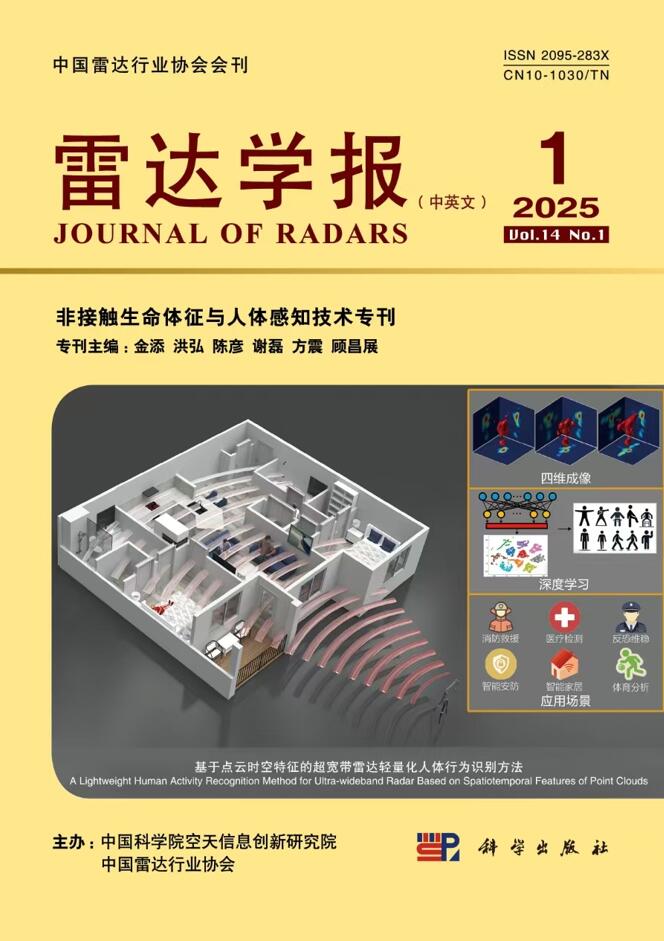

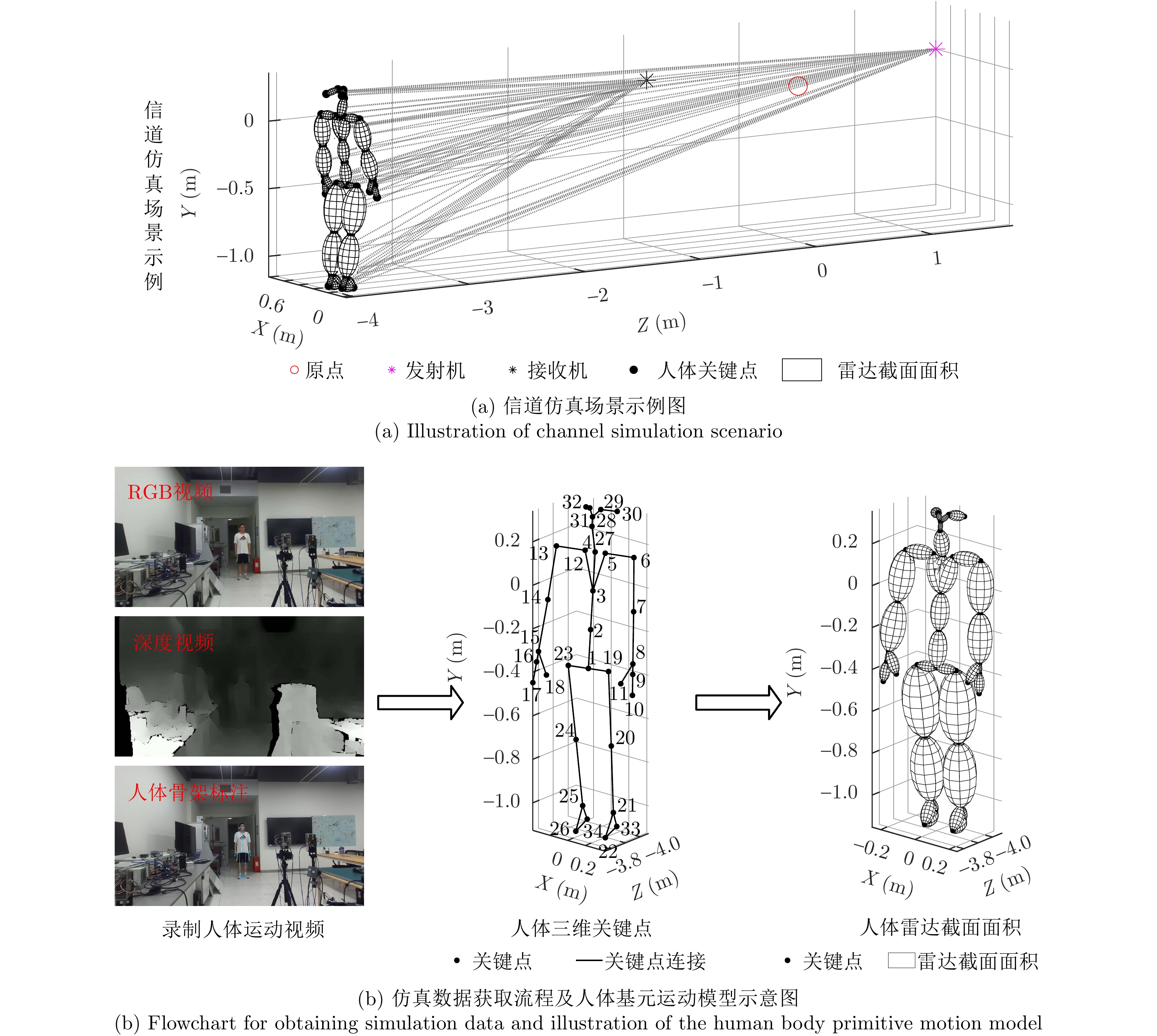



 DownLoad:
DownLoad:
